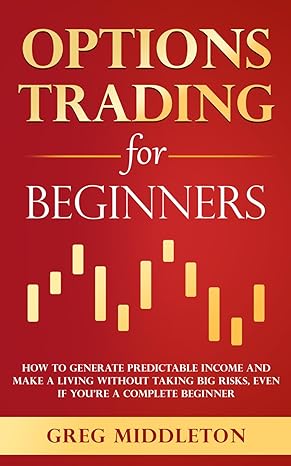Answered step by step
Verified Expert Solution
Question
1 Approved Answer
solve all parts OR (B) Consider an individual with wealth M, facing one of the two possible states of nature, State-1 and State-2 with probabilities

solve all parts
OR (B) Consider an individual with wealth M, facing one of the two possible states of nature, State-1 and State-2 with probabilities P and 1-L respectively. In State-l the individual suffers loss equal to L, which is less than M. The individual can purchase an insurance that will pay benefit equal to B in State-1 and zero in State-2. The cost of insurance is aB whether or not the loss occurs, where a is a constant. The state dependent utility function is U= n(X) for states-I and U=ln(x) for state-II, where X is wealth available after adjustment of loss, insurance benefit and insurance cost, etc. a) Find the value of T at which the expected net benefit from insurance is equal to zero, that is, the insurance is actuarially fair. b) Write down and explain the expected utility function of the individual and specify a criterion for the choice of insurance amount B that the individual would like to buy. c) Solve for the value of B using the criterion specified in part b assuming that 2 = 1. d) How would you modify your result in part (C) if i) 2 1? OR (B) Consider an individual with wealth M, facing one of the two possible states of nature, State-1 and State-2 with probabilities P and 1-L respectively. In State-l the individual suffers loss equal to L, which is less than M. The individual can purchase an insurance that will pay benefit equal to B in State-1 and zero in State-2. The cost of insurance is aB whether or not the loss occurs, where a is a constant. The state dependent utility function is U= n(X) for states-I and U=ln(x) for state-II, where X is wealth available after adjustment of loss, insurance benefit and insurance cost, etc. a) Find the value of T at which the expected net benefit from insurance is equal to zero, that is, the insurance is actuarially fair. b) Write down and explain the expected utility function of the individual and specify a criterion for the choice of insurance amount B that the individual would like to buy. c) Solve for the value of B using the criterion specified in part b assuming that 2 = 1. d) How would you modify your result in part (C) if i) 2 1Step by Step Solution
There are 3 Steps involved in it
Step: 1

Get Instant Access to Expert-Tailored Solutions
See step-by-step solutions with expert insights and AI powered tools for academic success
Step: 2

Step: 3

Ace Your Homework with AI
Get the answers you need in no time with our AI-driven, step-by-step assistance
Get Started


